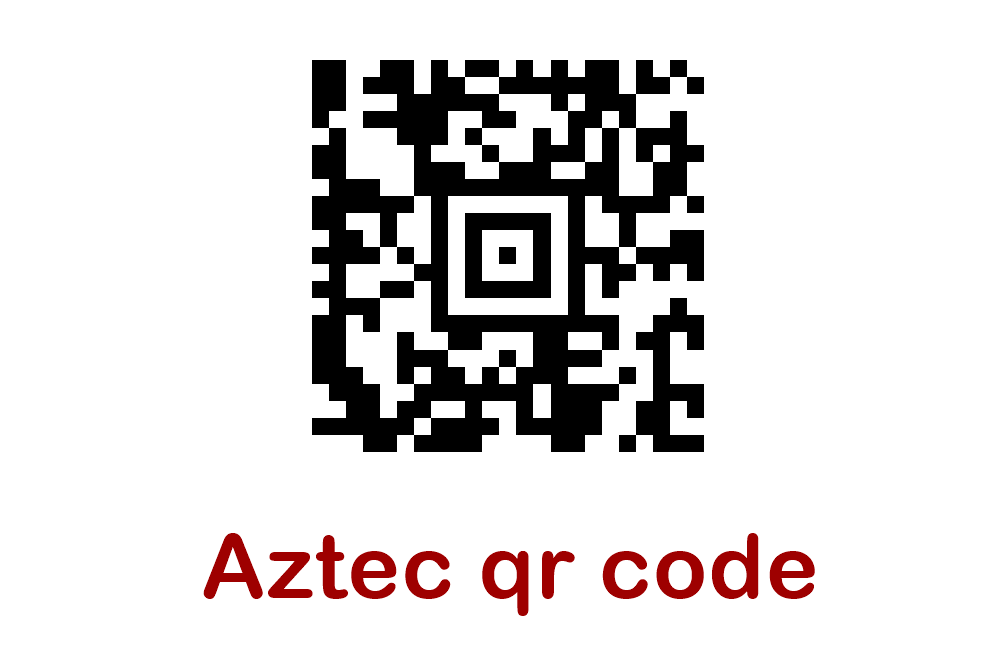Introduction to Aztec codes

Aztec code is a scannable matrix bar code encoded to store a specific set of data. It uses two-dimensional technology, which means it can be read horizontally and vertically. The square bullseye pattern moves outward from the center in pixelated layers.
It is an upgraded version of bar code. Designed by Dr.Andrew Longacre of Hand HeldProducts, the technology was released to the public in 1997 after aim. Inc purchased the patent.
Whereas traditional bar codes use one-dimensional technology and can only be read horizontally, Aztec codes are similar to qr codes because they also use 2D technology. Why aztecs? Seen from above, the mysterious flat-topped pyramids found in Central and South America take the shape of a bullseye, similar to the shape of a synonym bar code. Aztec codes are designed this way because they require fewer "quiet zones" - areas where the bar code needs to distinguish itself from surrounding designs. They also require less space than similar barcodes.
The Aztec code is centered on a central square with patterns of different layers. The pattern has square pixel layers of different sizes, such as 9 by 9, 13 by 13, 23 by 23, etc. When combined, the squares are encoded using data stored in Aztec codes.
It also contains large pixelated markers in the corners indicating which direction to read. This replaces the need for other barcode quiet zone features. In addition, Aztec codes can contain up to 32 layers and hold up to 1,914 bytes of data. They are fully resizable according to the amount of data they contain, and they have a correction level of up to 23 per cent, meaning that barcodes can still be read even if nearly a quarter of them have been corrupted.
That's all about Aztec codes, which are commonly used for airline tickets and other travel documents and car registration documents, but also for hospital patient identification, drug identification, samples, and other items related to specific patients.